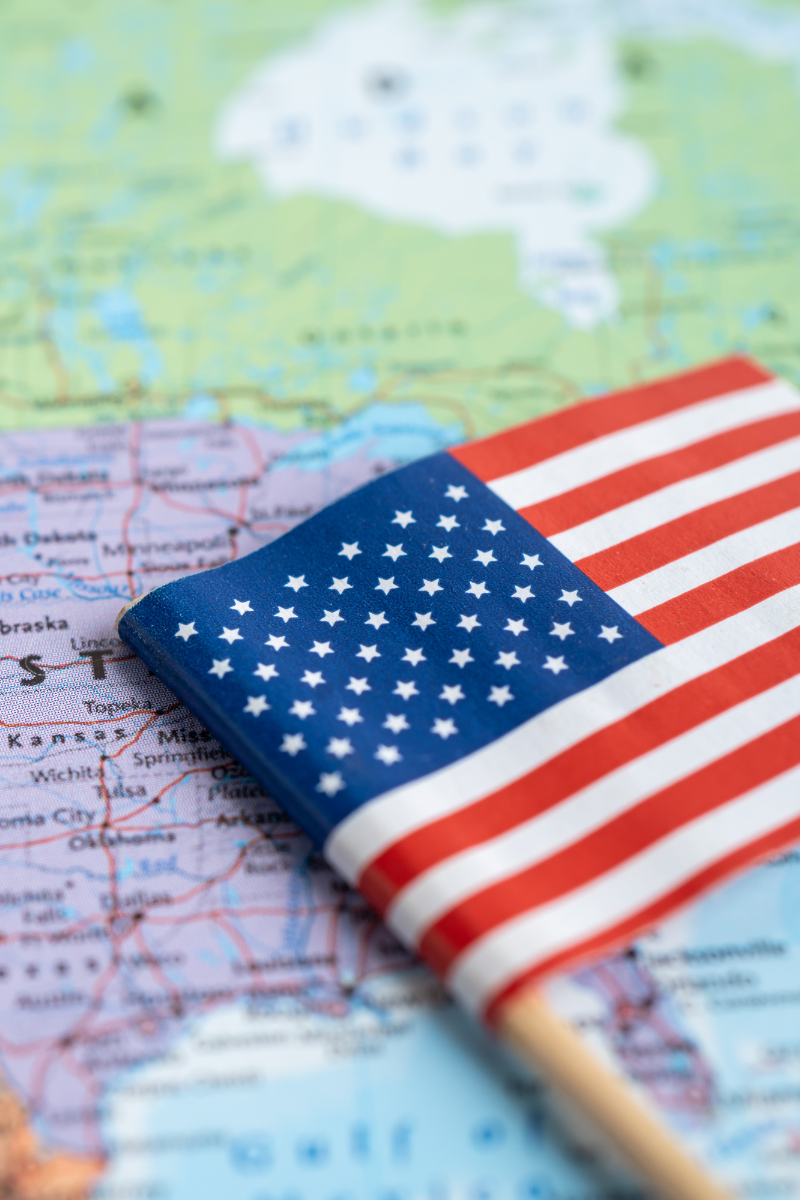
The United States is one of the world’s most popular immigration destinations, offering multiple pathways for individuals seeking to live, work, study, or invest in the country. The U.S. immigration system is governed by federal laws, and it offers opportunities for family reunification, employment, education, and humanitarian relief. Here’s a comprehensive guide to the main immigration routes to the U.S.:
1. Family-Based Immigration
Family reunification is a cornerstone of U.S. immigration policy. U.S. citizens and lawful permanent residents (green card holders) can sponsor certain relatives for immigration.
- Immediate Relatives of U.S. Citizens: Includes spouses, unmarried children under 21, and parents of U.S. citizens. There are no annual limits on these visas, so they are processed faster.
- Family Preference Categories: For more distant relatives like married children, adult children, and siblings of U.S. citizens, or spouses and children of green card holders. These categories have annual caps and often long waiting periods.
- Fiancé(e) Visa (K-1): Allows a U.S. citizen to bring their foreign fiancé(e) to the U.S. to get married within 90 days and apply for a green card.

2. Employment-Based Immigration
U.S. employment-based immigration is divided into several categories based on skills, qualifications, and job types:
- EB-1: For individuals with extraordinary abilities in the arts, sciences, business, or athletics, outstanding professors and researchers, and multinational executives and managers.
- EB-2: For professionals with advanced degrees or exceptional abilities in their fields. Some can self-petition under the National Interest Waiver, if their work benefits the U.S.
- EB-3: For skilled workers, professionals, and unskilled workers. Labor certification from the U.S. Department of Labor is required, proving no qualified U.S. worker is available for the job.
- EB-4: For special immigrants, including religious workers, international broadcasters, and certain long-term U.S. government employees.
- EB-5 (Investor Visa): For foreign investors who invest a minimum of $1.05 million (or $800,000 in targeted areas) in a U.S. business and create or preserve at least 10 full-time U.S. jobs.
3. Diversity Visa Lottery (Green Card Lottery)
The Diversity Immigrant Visa Program offers up to 50,000 immigrant visas annually to individuals from countries with historically low immigration rates to the U.S. Applicants are selected through a lottery system and must meet education or work experience requirements. Winning the lottery allows individuals to apply for a green card.
4. Student Visas
The U.S. is home to many prestigious universities and educational institutions, making it a top destination for international students.
- F-1 Visa: For academic students attending U.S. universities, colleges, high schools, or language training programs.
- M-1 Visa: For students enrolled in vocational or technical training programs.
- Optional Practical Training (OPT): After completing studies, F-1 students may be eligible to work in the U.S. for up to 12 months (or 36 months for STEM graduates).
5. Non-Immigrant Work Visas
These visas allow foreign nationals to work temporarily in the U.S. for a specific employer or purpose:
- H-1B Visa: For professionals in specialty occupations, such as technology, engineering, and medicine. There is an annual cap on H-1B visas, making them highly competitive.
- L-1 Visa: For intra-company transferees who are moving to a U.S. office in a managerial or executive capacity or with specialized knowledge.
- O-1 Visa: For individuals with extraordinary abilities or achievements in fields such as the arts, sciences, business, education, or athletics.
- TN Visa: For Canadian and Mexican professionals under the USMCA (formerly NAFTA).
- E-2 Visa: For nationals of treaty countries who invest in and manage a business in the U.S.
6. Asylum and Refugee Status
Individuals fleeing persecution based on race, religion, nationality, political opinion, or membership in a particular social group can seek asylum or refugee status in the U.S.
- Asylum: Applied for by individuals already in the U.S. or at a port of entry. There is no cap on the number of asylum seekers accepted each year.
- Refugees: Apply from outside the U.S. through the refugee resettlement process, subject to annual limits set by the U.S. government.
7. Green Card (Permanent Residency)
Foreign nationals can apply for permanent residency (a green card) through several pathways, such as family sponsorship, employment, asylum, the diversity lottery, or investment. Green card holders have the right to live and work in the U.S. permanently.
Adjustment of Status: If already in the U.S. on a valid visa, individuals can apply for a green card through adjustment of status.
Consular Processing: Individuals outside the U.S. apply for their green card through a U.S. embassy or consulate.

8. U.S. Citizenship
After holding a green card for a certain period (usually five years, or three years if married to a U.S. citizen), lawful permanent residents can apply for U.S. citizenship through the naturalization process. Applicants must meet requirements including continuous residence, knowledge of U.S. history and government, and English language proficiency.
9. Temporary Visitor Visas
The U.S. offers non-immigrant visas for temporary stays:
- B-1 Visa: For business visitors attending conferences, meetings, or consultations.
- B-2 Visa: For tourists, family visits, or medical treatment. Most visitors can stay for up to six months.
10. Temporary Protected Status (TPS)
TPS is granted to individuals from countries experiencing ongoing armed conflict, environmental disasters, or other extraordinary conditions. It allows them to live and work in the U.S. for a temporary period.
